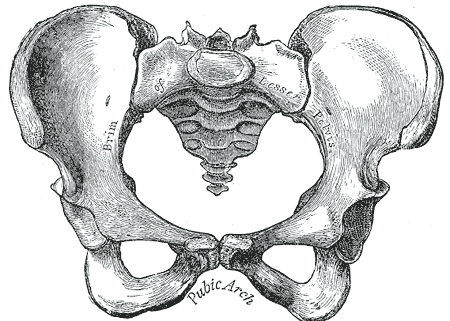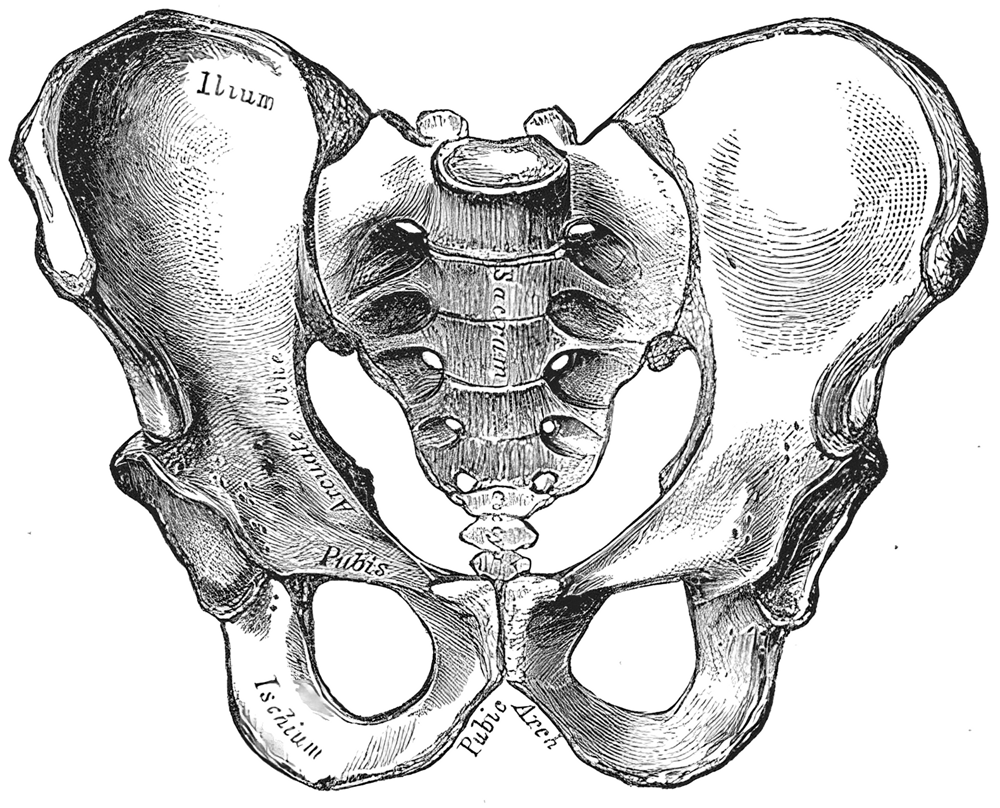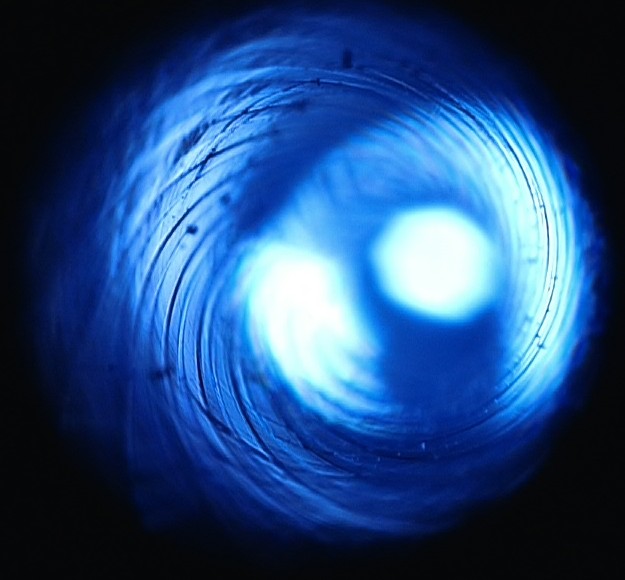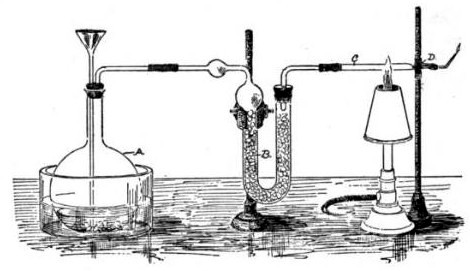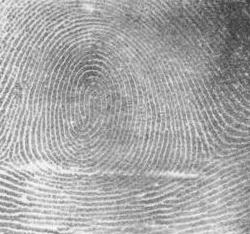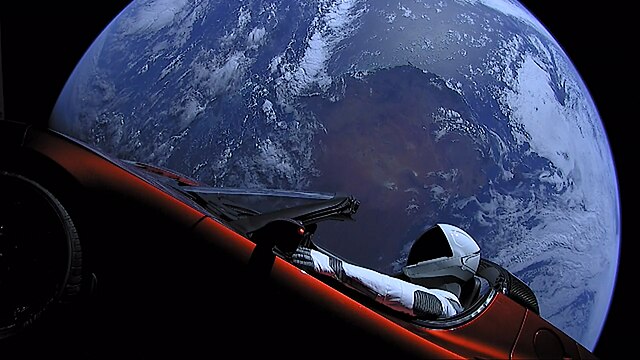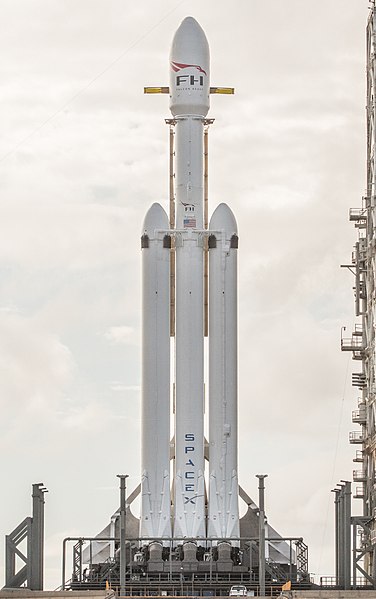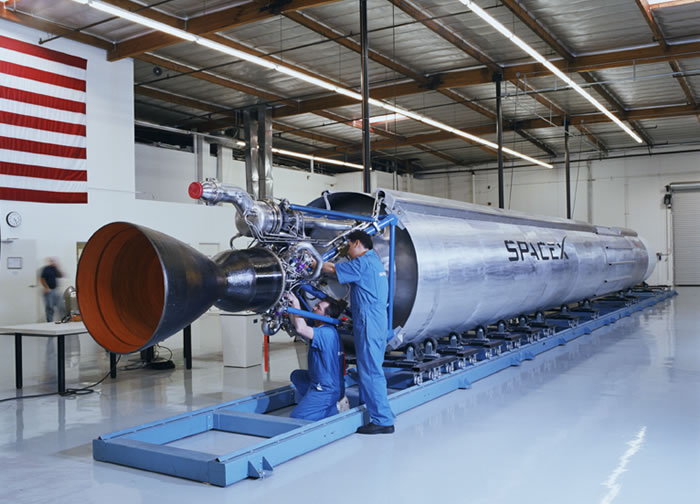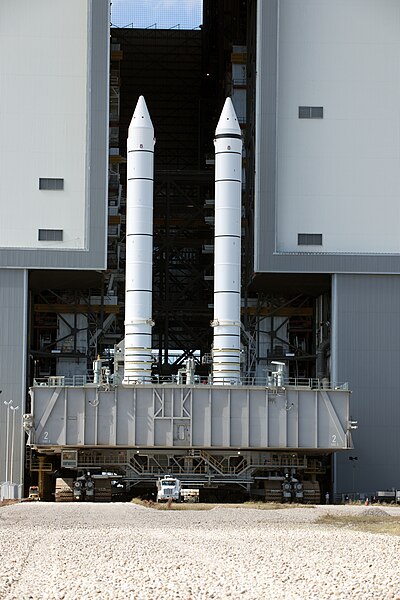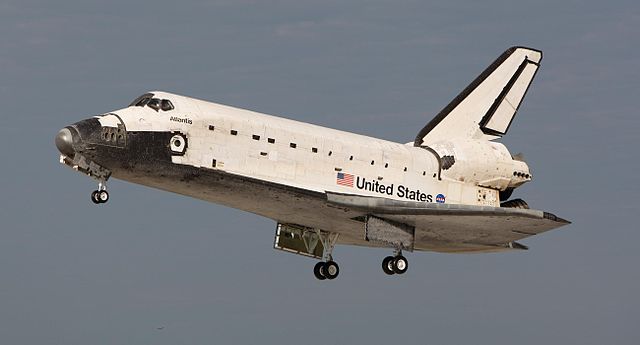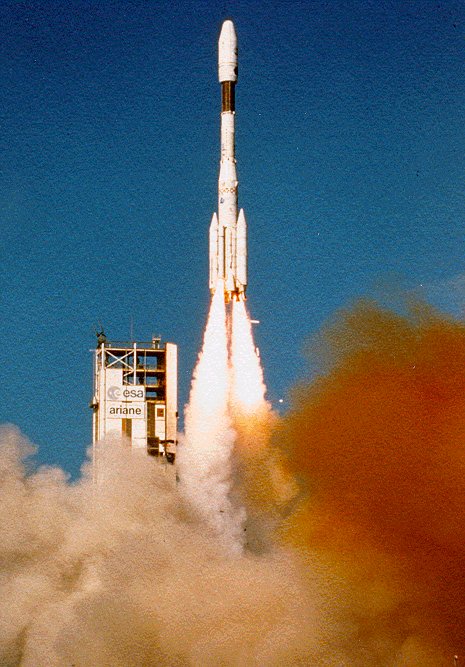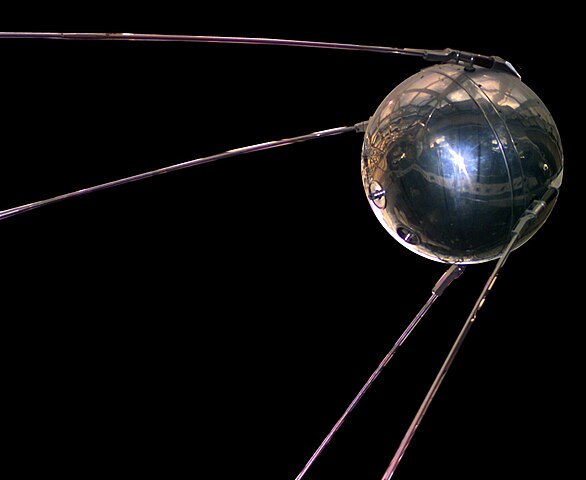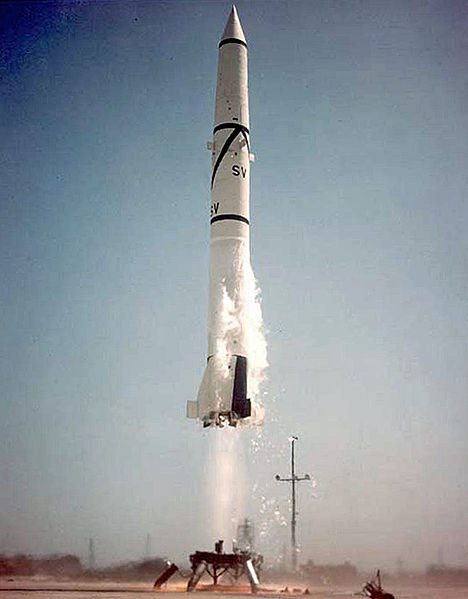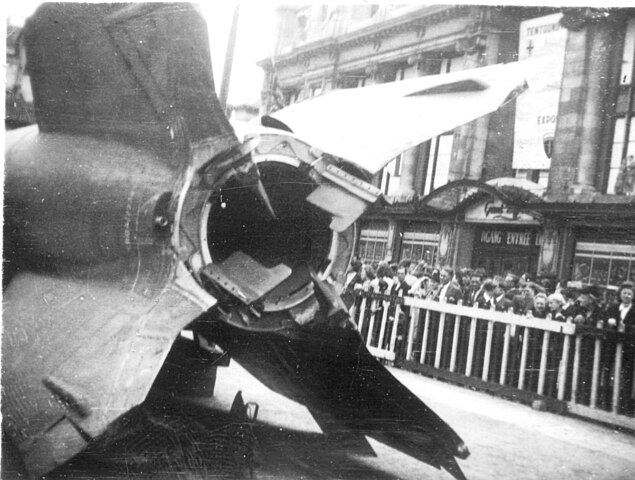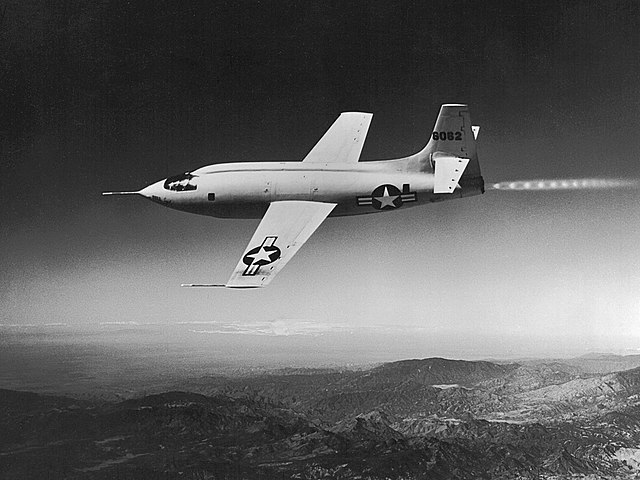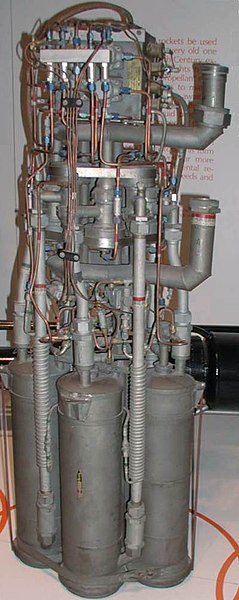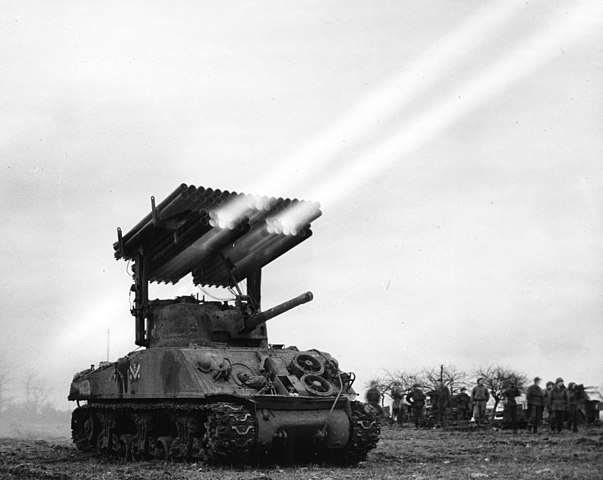We just learned about how Forensic Dentistry can help use teeth to solve crimes.
Another type of science used by detectives is Forensic Entomology.
Entomology is the study of bugs!
Bugs can be pretty scary and gross, but sometimes they can actually help solve crimes that no one else can figure out.
When someone dies, and a detective has to figure out how it happened, they can look at all different types of bugs.
When a scientist is in a laboratory looking at the body of someone who died, they can sometimes find clues of different types of insects that touched the body.
This can help them figure out how long it's been since the person died, and even sometimes it can tell them where the person was at when they died.
This can be very useful in solving crimes!
Studying bugs can also help scientists figure out if there is a problem with bugs in an area.
Like if someone complains that there are fleas in their house, scientists can come by and help figure out where they are coming from, how they got in there, and how to get rid of them.
Forensic entomology also helps figure how helpful insects like bees are being killed, like if there is a type of chemical somewhere that is causing problems for them.
Bugs are not always pretty, but studying the science of bugs can help solve mysteries!

(from: wikipedia - forensic entomology)
Kid Facts - Blast from the past: Specific Impulse



